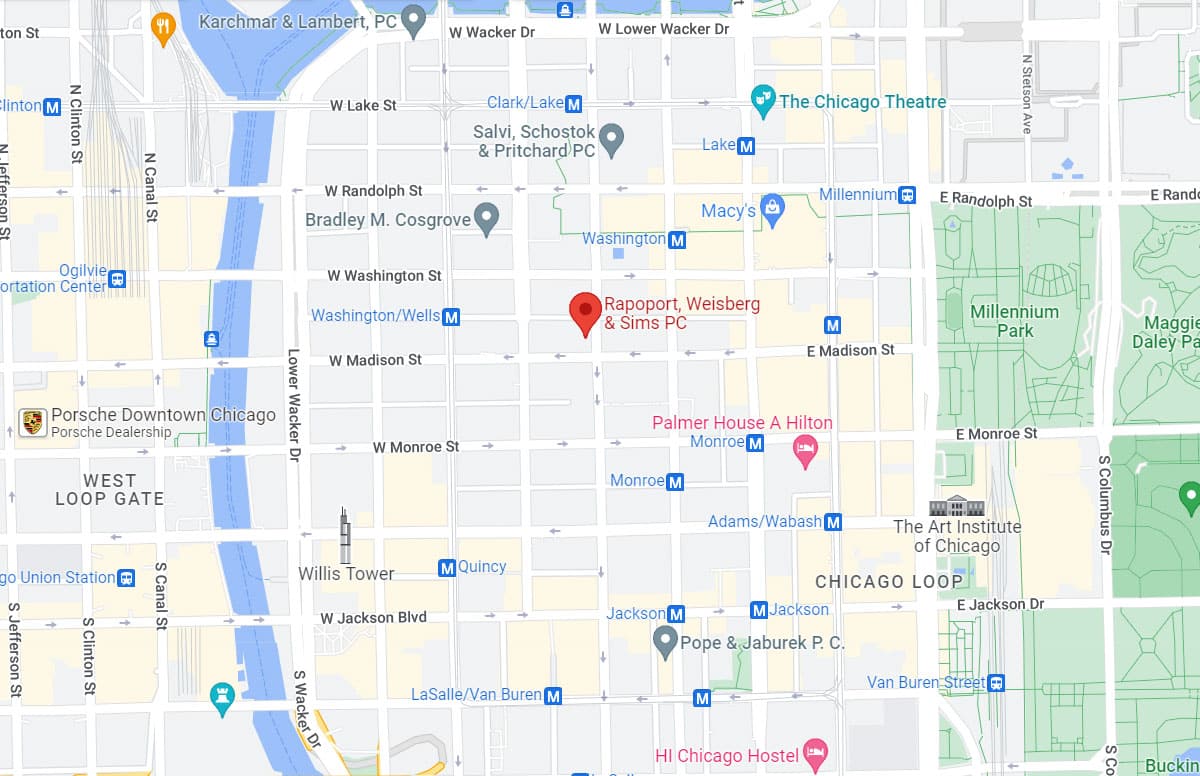A 1968 accident involving a drunk driver and a tour bus claimed the lives of 19 victims and prompted calls for seat belts on the commercial vehicles. The National Transportation Safety Board has repeatedly asked the government to pass measures to protect bus passengers in the 45 years that have followed that accident. The NTSB even cited government inaction in its report following a Utah bus accident in which a rollover killed 9 people and injured 43 others. Most recently, regulations mandating the inclusion of seat belts on new buses were to be completed in September. Those regulations are still being reviewed by the White House Office of Management and Budget.
Cars and trucks have long been required to come equipped with seat belts. Accidents involving a single vehicle may endanger the lives of a handful of people. Bus accidents carry the potential for dozens of fatalities. Roughly half of bus accident deaths occur in rollover accidents. Of those, approximately 70 percent involve a passenger being expelled from the bus during the rollover. Seat belts are the obvious solution to keep passengers inside the bus in the event of a rollover.
There are nearly 30,000 buses operating in the United States. According to the Advocates for Highway and Auto Safety, more than 700 million passengers a year ride on commercial buses. These passengers face an elevated risk of fatality due to the lack of seat belts on these vehicles. Seat belts have long been established as vital safety equipment. It is time they were included on motorcoaches like they are on all other forms of highway transportation.
Source: Associated Press, “Seat belts on commercial buses delayed 45 years,” by Joan Lowy, 12 November 2013
